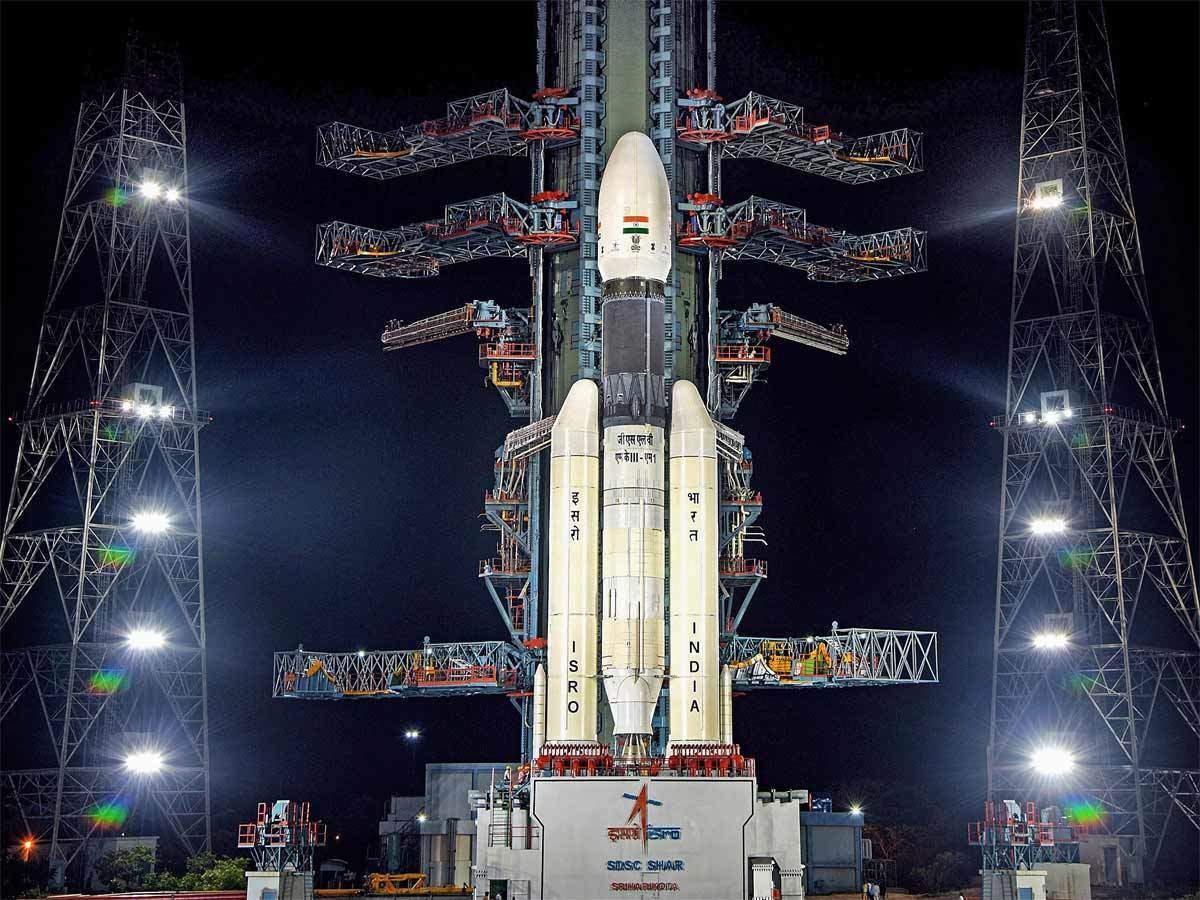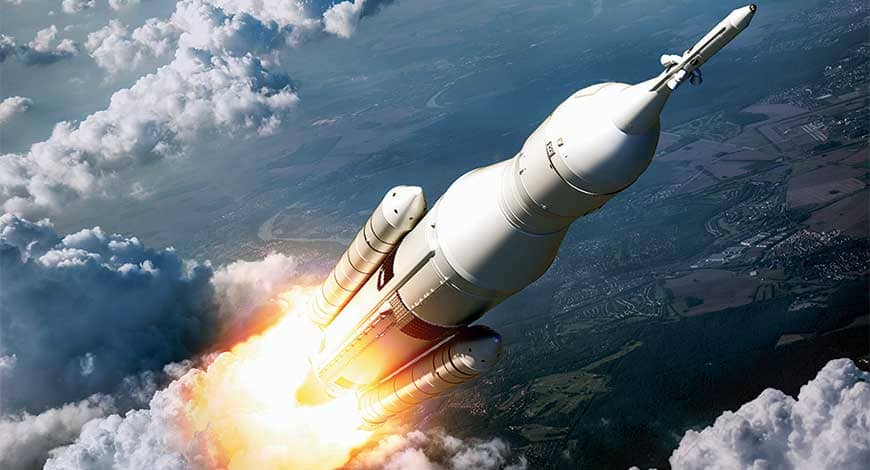Chandrayaan-3 mission to be launched on July 14, announces ISRO

Chandrayaan-3 mission to be launched on July 14, announces ISRO
The Indian Space Research Organisation (ISRO) made an announcement on Thursday regarding its upcoming lunar mission, Chandrayaan-3. The mission is set to be launched on July 14 from the Satish Dhawan Space Centre in Sriharikota, Andhra Pradesh.
For the Chandrayaan-3 mission, ISRO will utilize its new heavy-lift launch vehicle, LVM-3. In a tweet, ISRO stated, “Announcing the launch of Chandrayaan-3: LVM3-M4/Chandrayaan-3 Mission: The launch is now scheduled for July 14, 2023, at 2:35 pm IST from SDSC (Satish Dhawan Space Centre), Sriharikota.”
The primary objective of the Chandrayaan-3 mission is to further explore the lunar surface and conduct scientific research. The mission will carry a range of scientific instruments designed to study various aspects of the moon. These instruments will focus on gathering data related to the thermophysical properties of the lunar regolith (the layer of loose soil and dust on the moon’s surface), lunar seismicity (the moon’s geological activity), the lunar surface plasma environment, and the elemental composition in the vicinity of the landing site.

By studying these aspects, scientists hope to gain a deeper understanding of the moon’s structure, composition, and geological processes. The data collected during the mission will contribute to our knowledge of the moon’s formation and evolution, as well as provide valuable insights for potential future lunar missions.
The Chandrayaan-3 mission represents India’s continued efforts to explore and expand its presence in space exploration, particularly in the field of lunar exploration. With advanced scientific instruments and the launch of the LVM-3 vehicle, ISRO aims to achieve significant scientific milestones and contribute to the global understanding of the moon and its characteristics.

Apart from the scientific instruments focused on studying the moon, the Chandrayaan-3 mission will also include an experimental instrument that will study the spectro-polarimetric signatures of the Earth from the lunar orbit. This aspect aligns with the theme of “Science from the Moon,” as stated by ISRO officials.
The inclusion of this experimental instrument highlights ISRO’s interest in utilizing the lunar mission to gather valuable data about Earth as well. By studying the spectro-polarimetric signatures of our planet from the lunar orbit, scientists can gain insights into Earth’s atmosphere, its composition, and various geophysical parameters.
In March of this year, the Chandrayaan-3 spacecraft successfully completed essential tests to validate its ability to withstand the harsh vibration and acoustic conditions it will experience during launch. These tests were particularly challenging due to the complex nature of the spacecraft, which consists of three modules: the propulsion module, the lander, and the rover.

The composite structure of the Chandrayaan-3 spacecraft necessitated thorough testing to ensure its durability and resilience during the launch phase. The vibration and acoustic environment during launch can be intense, and the spacecraft’s modules need to be able to withstand these forces without compromising their functionality.
By passing these critical tests, the Chandrayaan-3 spacecraft has demonstrated its readiness to face the challenges of launch and operate effectively in the lunar environment. This achievement marks a significant milestone in the preparation for the upcoming mission.
With the propulsion module, lander, and rover working together, the Chandrayaan-3 mission aims to gather important scientific data about the moon’s surface, subsurface, and environment. Additionally, the inclusion of an instrument studying Earth from the lunar orbit adds an interesting dimension to the mission, potentially offering valuable insights into our home planet as well.
The propulsion module of Chandrayaan-3 will transport the lander and rover configuration to a distance of 100 km from the lunar orbit. It includes the Spectro-polarimetry of Habitable Planet Earth (SHAPE) payload, which is designed to study the spectral and polarimetric measurements of Earth from the lunar orbit.
The lander payloads of Chandrayaan-3 consist of three instruments. The first is the ‘Chandra’s Surface Thermophysical Experiment’, which will measure the thermal conductivity and temperature of the lunar surface. This payload will provide insights into the thermal behavior and properties of the moon’s regolith.
The second payload is the ‘Instrument for Lunar Seismic Activity’, which is aimed at measuring the seismicity around the landing site on the moon. By monitoring lunar seismic activity, scientists can gather data on the moon’s internal structure, tectonic activity, and geological processes.
The third payload is the ‘Langmuir Probe’, which will estimate the plasma density and its variations in the lunar environment. This instrument will help scientists understand the characteristics of the moon’s plasma environment and its interactions with the solar wind.
Additionally, the Chandrayaan-3 mission includes a passive Laser Retroreflector Array provided by NASA, the United States space agency. This array is utilized for lunar laser ranging studies, allowing for precise measurements of the distance between Earth and the moon. Lunar laser ranging data helps scientists study the moon’s orbit and dynamics with high accuracy.
These payloads and instruments on the lander and the inclusion of the Laser Retroreflector Array showcase the scientific objectives of Chandrayaan-3. The mission aims to collect crucial data on the moon’s surface, thermal properties, seismic activity, plasma environment, and even facilitate lunar laser ranging studies. Through these investigations, scientists aim to deepen our understanding of the moon’s geological and environmental characteristics and advance our knowledge of lunar science.
The rover payloads on Chandrayaan-3 consist of the ‘Alpha Particle X-ray Spectrometer’ and ‘Laser Induced Breakdown Spectroscopy’ instruments. These payloads are designed to analyze the elemental composition of the lunar surface in the vicinity of the landing site. By utilizing these instruments, scientists can gather data on the types and abundance of different elements present on the moon.
The lander of Chandrayaan-3 has the capability to perform a soft landing at a specific lunar site. Once safely landed, the lander will deploy the rover onto the lunar surface. The rover will then carry out in-situ chemical analysis of the lunar terrain as it moves across the moon’s surface. This analysis will provide valuable information about the chemical composition of the lunar soil and rocks, aiding in our understanding of the moon’s geology.
The primary role of the propulsion module is to transport the lander module from the launch vehicle injection phase to the final lunar orbit, specifically a 100 km circular polar orbit. After successfully reaching the desired orbit, the propulsion module will separate from the lander module, allowing the lander to continue its mission independently.
Additionally, the propulsion module of Chandrayaan-3 also includes an additional scientific payload. This payload serves as an added value to the mission and will be operated after the separation of the lander module. However, specific details regarding the objectives and nature of this scientific payload were not provided in the given information.
By incorporating the rover payloads, lander capabilities, and the propulsion module, Chandrayaan-3 aims to conduct detailed chemical analysis of the lunar surface, analyze elemental composition, and contribute to our understanding of the moon’s geological characteristics.




